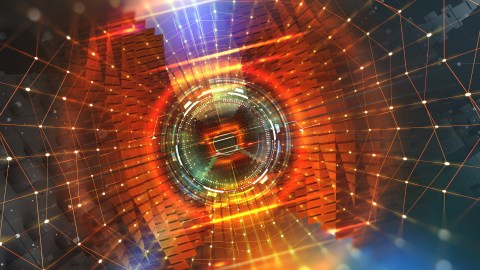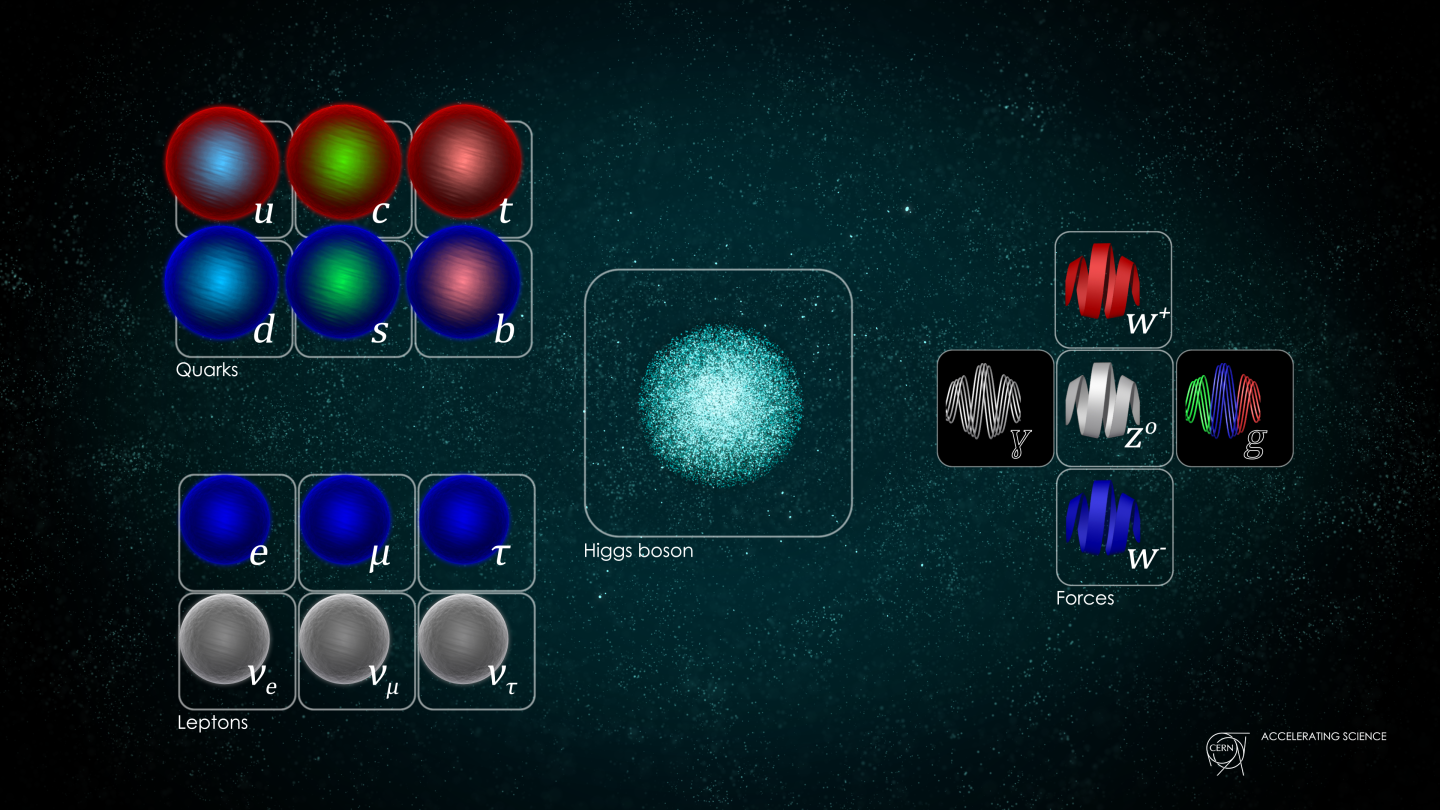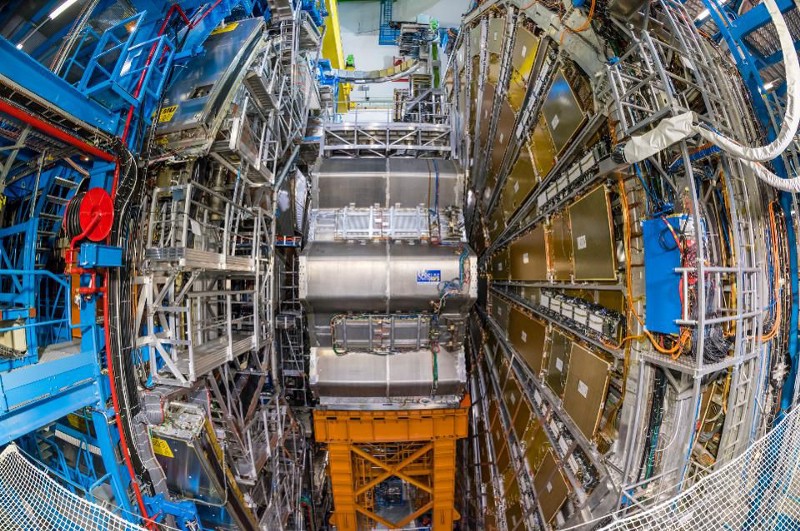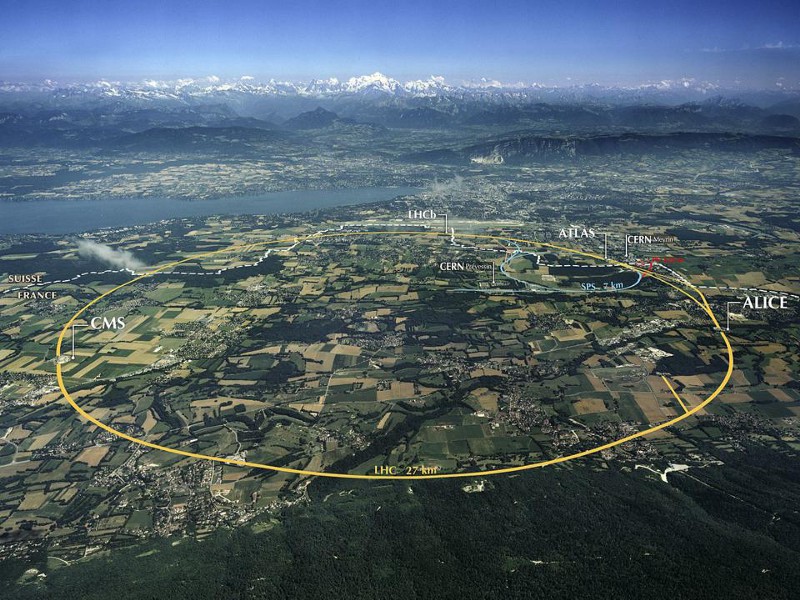LHC, the world’s most powerful particle accelerator, emerges from hibernation

- Because electrical demand in Europe peaks in winter, the Large Hadron Collider (LHC) shuts down usually from early December to late March every year. Researchers use this time for needed maintenance and upgrades.
- The LHC is a true technological marvel, with a magnetic field 160,000 times greater than that of Earth and particle collisions that are 100,000 times hotter than the center of the Sun.
- The particle accelerator is scheduled for another major upgrade in 2028: the High Luminosity LHC.
As flowers peek their heads out of the soil and birds begin to fly north, a more scientific form of rebirth is beginning under the French and Swiss countryside. After a hiatus of about four months, the Large Hadron Collider (LHC), the world’s highest energy particle accelerator, is resuming operations. Humanity is once again able to recreate conditions not common in the Universe since a tenth of a trillionth of a second after the Big Bang and to study the deepest and most fundamental laws of nature.
Because electrical demand in Europe peaks in winter, the LHC shuts down usually from early December to late March every year. Researchers use this time for needed maintenance and upgrades. And now it’s back again.
A glorious past
In 2012, using an earlier incarnation of the LHC, scientists discovered the Higgs boson. The Higgs boson is the experimental signature of an energy field, called the Higgs field, which gives mass to subatomic particles. It was predicted in 1964, and it took nearly half a century to develop the technology capable of creating and detecting this elusive inhabitant of the quantum realm.
In the intervening decade, researchers used the facility to study the laws of nature under conditions not previously possible, resulting in over 3,000 scientific papers. During 2023, it is expected that scientists will increase the total amount of data they have to analyze by 20% to 30%.
A technological marvel
The LHC is housed in a tunnel located about 100 meters (320 feet) underground. The tunnel is nearly circular in cross-section, about 3 meters (10 feet) wide and following a circular path about 27 km (16.5 miles) long. In the tunnel, scientists have placed 1,232 very strong magnets, which generate magnetic fields of roughly 8 Tesla — that is, about 160,000 times stronger than the Earth’s.
These proton beams travel in opposite directions at a staggering 99.999999% the speed of light. At this speed, they circle the ring about 11,000 times per second. If they were traveling around the equator, instead, they would circle the Earth 7.5 times per second. These beams are then made to collide inside several large detectors, the largest of which is as tall as a seven-story building.
The collisions are incredible. They occur about a billion times per second and generate very hot temperatures — about 100,000 times hotter than the center of the Sun, or ten times hotter than the center of a supernova, which is the explosion of a star so violent that it can be seen billions of light-years away by modern telescopes. Though this sounds scary, each collision actually occurs at a very small scale, smaller than the size of an atom. That’s why the equipment doesn’t get damaged.
This year’s research agenda
With the resumption of operations, scientists will continue to study the laws of nature, with special interest toward discovering something entirely new. In addition, because of the relatively recent observation of the Higgs boson, researchers continue to probe the particle’s properties. While all measurements involving the Higgs boson so far agree with the currently accepted theory, scientists are hopeful that it still has some surprises in store.
Coincidentally, researchers are developing the capability to use artificial intelligence (AI) as a mechanism to select the most interesting collisions — specifically ones that have the best chance of leading to a discovery. (This is outside ChatGPT’s area of expertise.) While particle physicists have long used neural nets to help analyze data, improvements in materials and techniques are allowing them to move the algorithms into the electronics that operate the detector. This development is expected to greatly enhance the detector’s capabilities.
High Luminosity LHC
The LHC still has a long, productive life ahead of it. A much improved version of the LHC called the “High Luminosity LHC” will be available in 2028. The upgraded accelerator should allow researchers to record at least ten times more data than has currently been analyzed.





